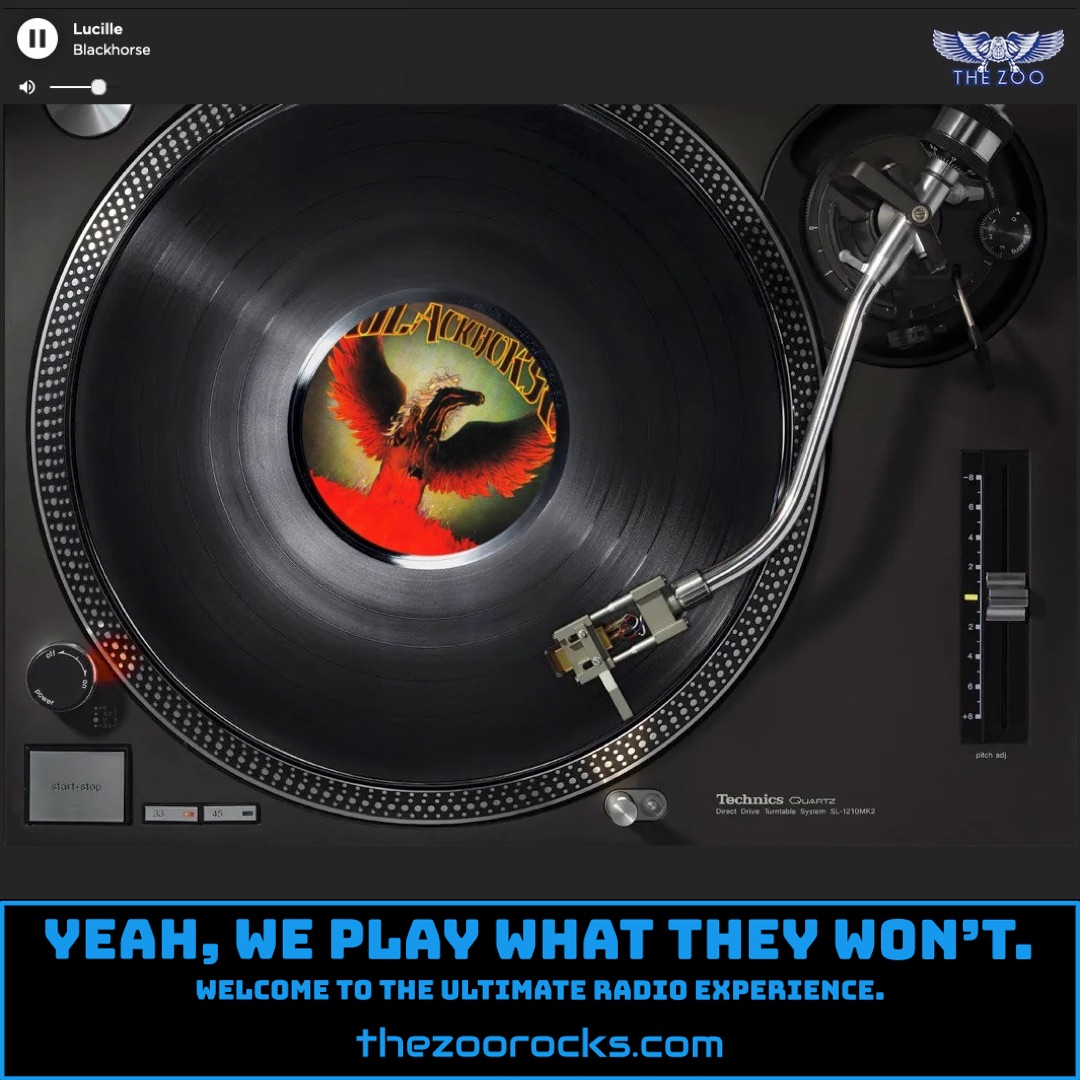Sympathy for the Devil
The Rolling Stones
Zoo Freaks, get ready for some wild vibes as the Zoo Crew spins Sympathy for the Devil by The Rolling Stones from their iconic 1968 album Beggars Banquet. This track is a beast, with Mick Jagger channeling the Devil himself, inspired by Mikhail Bulgakov’s novel The Master and Margarita, which his then-girlfriend Marianne Faithfull gifted him. Jagger originally wrote it as a folk tune, but Keith Richards suggested a samba beat, transforming it into the hypnotic groove we know today. The song’s “woo-woo” backing vocals came about when producer Jimmy Miller and Anita Pallenberg, Richards’ girlfriend, started chanting “who who” during a studio take. After a suggestion to Jagger, it became the iconic chant caught on film by director Jean-Luc Godard in his documentary, also called Sympathy for the Devil (or One Plus One). The song stirred controversy, with some labeling the Stones as devil worshippers, but Jagger clarified in a 1995 Rolling Stone interview that it was just one song, not a full-on occult agenda, saying, “People seemed to embrace the image so readily.”
Another juicy tidbit: there’s a myth that Sympathy for the Devil was playing during the tragic stabbing of Meredith Hunter at the Stones’ 1969 Altamont Free Concert. In reality, it was Under My Thumb, as documented in the film Gimme Shelter. The band played Sympathy earlier, but a fight interrupted it, prompting Jagger to quip, “Something very funny happens when we start that number.” The song’s recording process, captured by Godard, showed the Stones in their prime, though Brian Jones was often isolated, struggling with addiction. Charlie Watts, in the 2003 book According to the Rolling Stones, recalled hearing Jagger play it solo first and being blown away, eventually laying down a jazz-Latin drum feel inspired by Kenny Clarke’s style. Keith Richards, in a 2022 quote, called it “an uplifting song,” urging listeners to confront evil head-on: “If you confront him, then he’s out of a job.”
The Rolling Stones kicked off in London in 1962, rooted in blues and early rock ‘n’ roll. Mick Jagger and Keith Richards, childhood friends who reconnected as teens over a shared love of blues records, teamed up with Brian Jones, a multi-instrumentalist who initially led the band. They started as a cover band, playing Chicago blues and Chuck Berry tunes in sweaty clubs like the Crawdaddy Club. Jones’ vision was to stay true to rhythm and blues, but Jagger and Richards soon began writing original songs, like (I Can’t Get No) Satisfaction in 1965, which skyrocketed them to global fame. The early lineup included Bill Wyman on bass, Charlie Watts on drums, and Ian Stewart on piano, though Stewart was later relegated to a sideman role. By the mid-60s, they were at the forefront of the British Invasion, rivaling The Beatles and embodying the counterculture with hits like Paint It Black and Jumpin’ Jack Flash.
The band’s raw energy and rebellious image—fueled by arrests, provocative lyrics, and Jagger’s swagger—made them cultural icons. After Jones’ departure and death in 1969, Mick Taylor joined, followed by Ronnie Wood in 1975, solidifying the core lineup with Jagger, Richards, Watts, and Wyman (who left in 1993). They’ve sold over 250 million records, won three Grammy Awards, and were inducted into the Rock and Roll Hall of Fame in 1989. Rolling Stone magazine ranks them among the greatest artists ever. Despite tragedies, lineup changes, and internal feuds, they’ve kept rocking, with recent projects like the 2020 single Living in a Ghost Town and a new album in the works as of 2020, per Jagger’s Rolling Stone comments.
Stay connected with The Rolling Stones on their official website, Facebook, Instagram, and X. Fans can dive deeper at sites like The Rolling Stones Wiki or join communities such as the Rolling Stones Fans Facebook group, where Zoo Freaks can share their love for the band’s timeless sound. Keep those dials locked on THE ZOO, and let’s keep the Sympathy vibes rolling!

